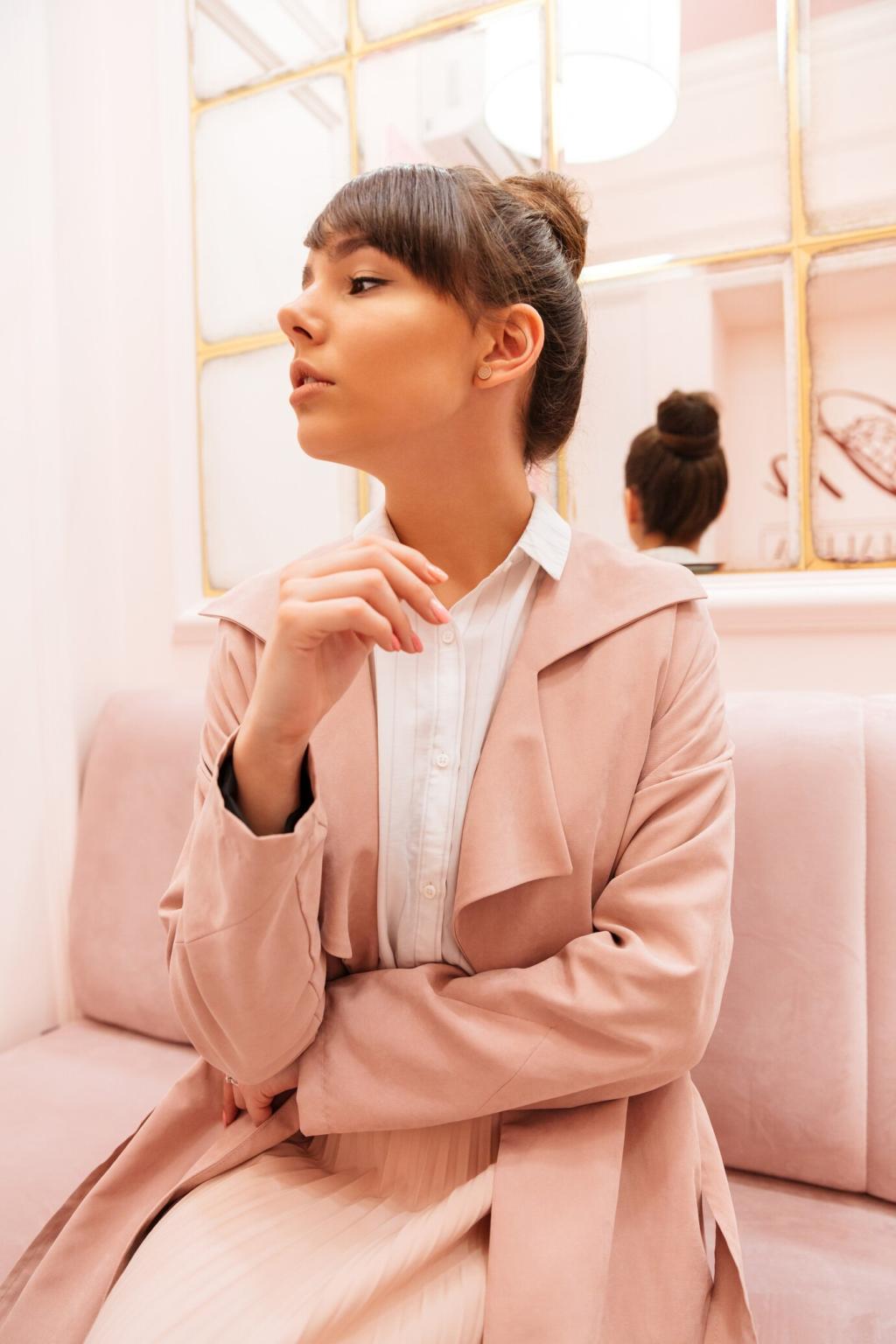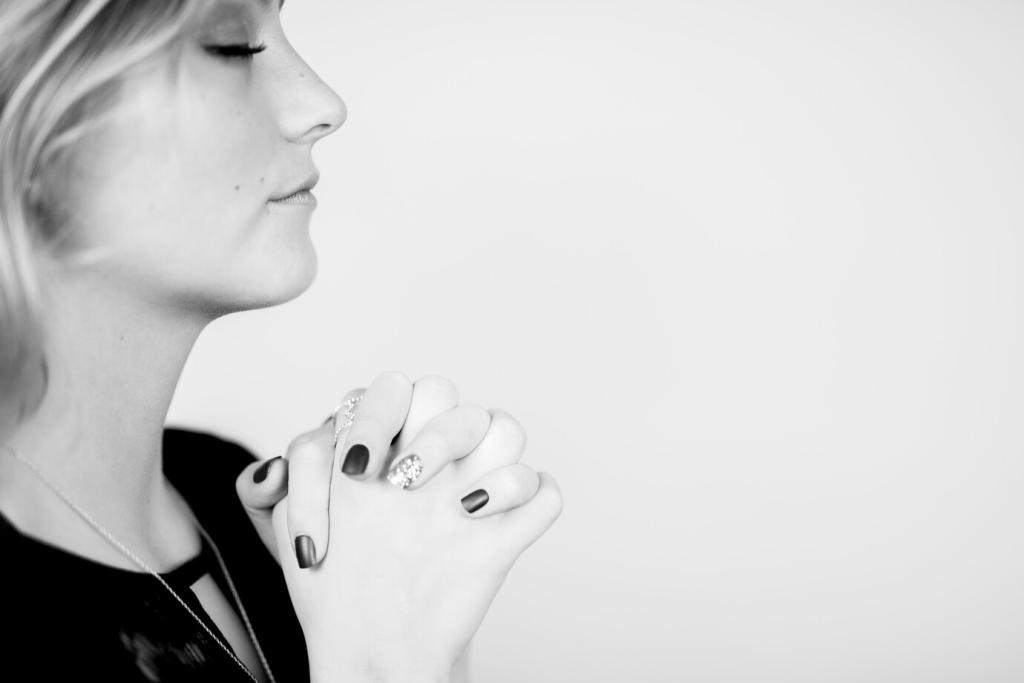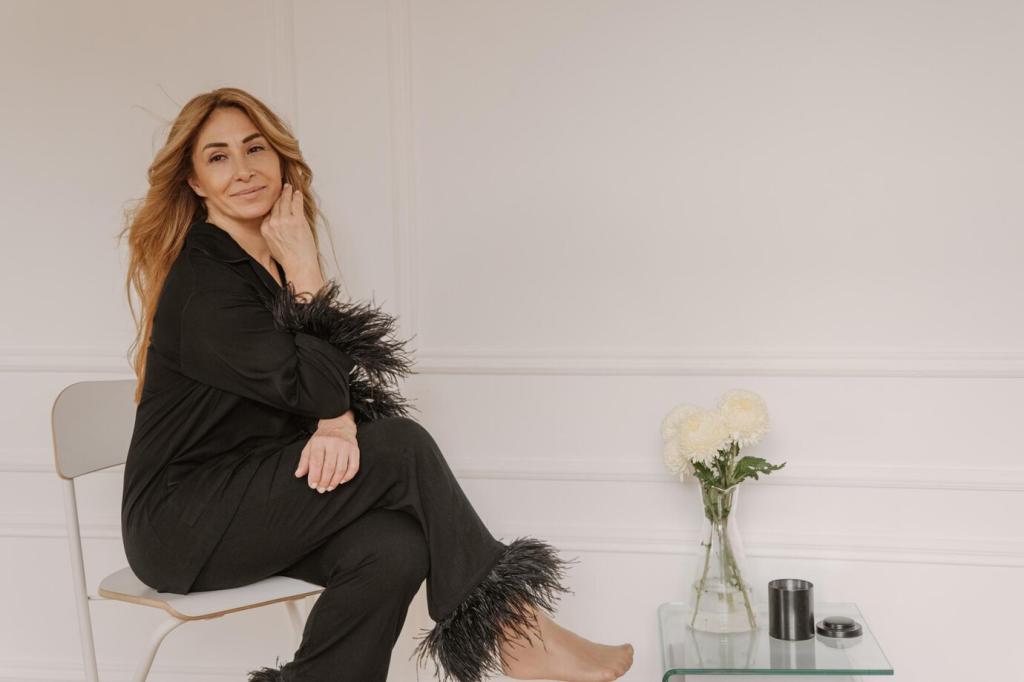The Role of Texture in Minimalist Design
Today’s chosen theme: The Role of Texture in Minimalist Design. When form and color step back, texture steps forward—inviting the hand, catching the light, and quietly shaping how a space or interface feels and behaves.

Why Texture Matters When You Strip Everything Else Away
Perception Loves Subtlety
Even when color is restrained and shapes are reduced, our eyes still search for nuance. Fine grain, gentle weave, and soft matte finishes satisfy that search, creating interest without shouting. Share in the comments where subtle texture has changed your perception.
Light Makes Texture Visible
Shadows slide into grooves, highlights skim over fibers, and suddenly a neutral wall becomes a living surface. Texture gives light something to do, turning quiet minimalism into a dynamic conversation throughout the day. Subscribe for more light-and-texture studies.
Emotion Through Touch
A cool stone countertop, a linen curtain, a brushed metal rail—each invites a different feeling. In minimalist design, these feelings are the color palette. Tell us which tactile surface makes your calm spaces feel truly alive.
Material Choices: Honest Surfaces, Quiet Confidence
Linen, wool, and cotton offer softness without gloss. Their irregular threads scatter light and soften acoustics, encouraging slow, mindful living. What fiber would you swap into your home to deepen a minimalist atmosphere? Share your plan below.
Material Choices: Honest Surfaces, Quiet Confidence
Oak, ash, and walnut reveal time in their grain. In pared-back rooms, that quiet story replaces busy patterns. Keep finishes matte or oiled to honor the texture. Comment with your favorite wood species and why it resonates in minimal spaces.
Material Choices: Honest Surfaces, Quiet Confidence
A honed marble slab or lightly textured concrete floor feels grounded and serene. Small pores and subtle pitting create depth that plain paint cannot. Subscribe for material guides that balance durability with tactile grace.
Tactile Branding: Minimal Interfaces You Can Almost Touch
Micro‑Texture Without Noise
A whisper of grain in a background or a soft elevation change can guide focus better than bright colors. Done carefully, these cues feel natural, not ornamental. Have you seen a UI that nails this balance? Tell us which and why.
Accessibility Through Texture Cues
Texture-like affordances—consistent shadows, distinct focus states, and gentle motion—help users parse hierarchy quickly. Minimal doesn’t mean ambiguous. Comment with your accessibility wins where subtle cues clarified a clean interface.
A Small Story: Paper-Felt Login
We replaced a glossy card with a matte, paper-like panel and a soft press ripple on tap. Sign‑in rates held steady, but user feedback praised the calm, trustworthy feel. Subscribe to get the full case study and component recipes.


Longevity: Texture That Ages With Grace
Patina as Narrative, Not Neglect
Brass deepens, leather smooths, wood warms. In minimal contexts, these changes are the story, revealing habits and time. Which patina do you cherish rather than fear? Tell us how you maintain it without erasing its personality.
Simple Care, Lasting Calm
Gentle soap, soft brushes, and regular dusting protect fibers and pores without sealing them under plastic shine. A little attention sustains texture’s integrity. Subscribe to receive seasonal care checklists for tactile materials.
Sustainability Lives in Touch
Durable, repairable textures reduce replacement cycles. An oiled tabletop can be renewed; a synthetic gloss often cannot. Comment with your best repair tip that kept a minimal, tactile piece in service for years.
Before: Pristine, But Emotionless
The space had crisp white walls, a perfect rectangle rug, and a smooth shade that blocked light like a screen. It was clean, yes, and yet it felt like waiting. Have you lived in a room that felt paused?
After: Morning Light, Woven Shadows
We hung unbleached linen. The weave caught dawn, tossing soft shadows across the floor. Nothing else changed, yet the room finally breathed. Share a moment when texture alone made your minimal space feel human.
Your Turn: One Thoughtful Swap
Choose a single surface and trade gloss for grain—velvet for polyester, limewash for plastic paint, cork for vinyl. Try it, live with it a week, and report back. Subscribe to join our reader roundup of before‑and‑after stories.

